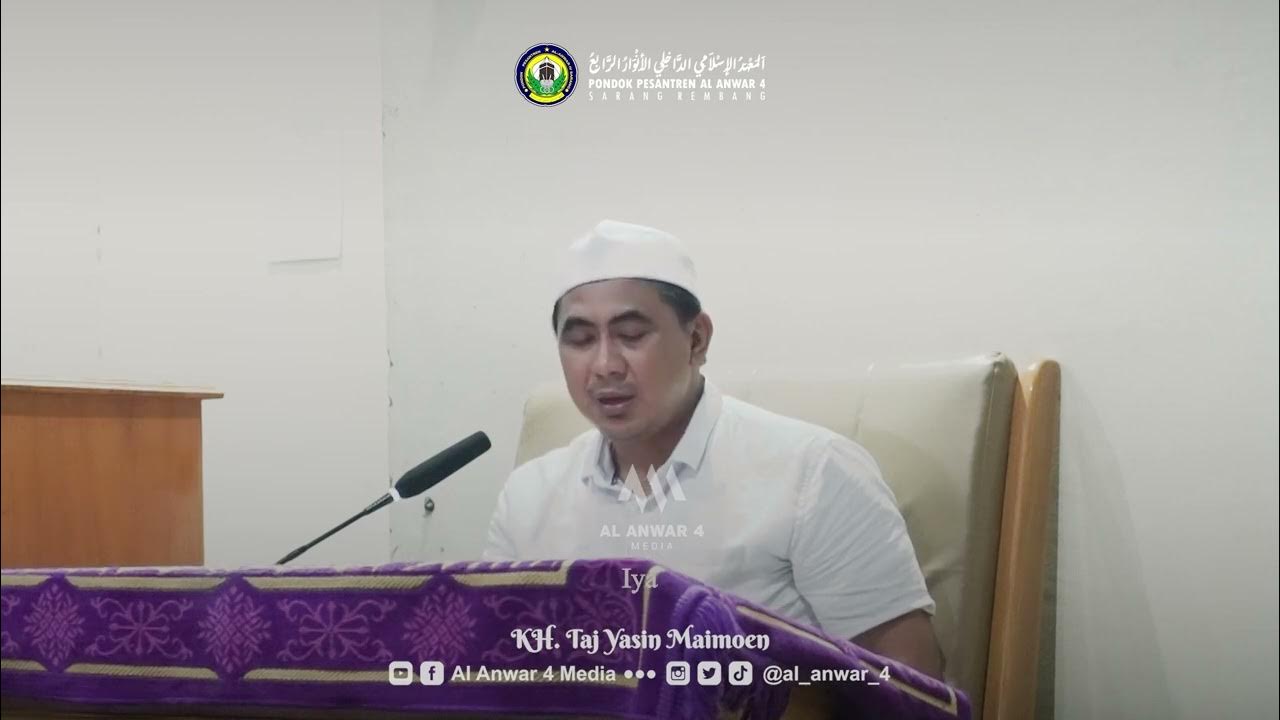What is the definition of microaggression?
Summary
TLDRThe video script discusses the concept of microaggressions, which are subtle, often unintentional, discriminatory actions or comments that can have a significant impact on individuals. It differentiates between three types of microaggressions: micro-assaults, which resemble overt racism; micro-insults, which subtly undermine a person's racial identity or self-esteem; and micro-invalidations, which dismiss or invalidate a person's experiences or identity. The script uses examples to illustrate how these microaggressions can occur in various forms, such as racial, gender, sexual orientation, and disability microaggressions, and emphasizes their cumulative effect on individuals, often leading to a hostile and invalidating environment.
Takeaways
- 🏋️♂️ Microaggressions can come in various forms, including a gym membership offer as a subtle pressure to lose weight.
- 🍦 The speaker uses humor to discuss microaggressions, such as being offered ice cream to watch their weight.
- 🗣️ Microaggressions range from deliberate and conscious behaviors to those outside of one's conscious awareness.
- 🔍 Three types of microaggressions are identified: micro assaults, which are similar to old-fashioned racism; micro insults, which are subtle and hidden; and micro invalidations, which assail racial identity and self-esteem.
- 🍽️ An example of a micro insult is when a person of color is seated in a less desirable location in a restaurant compared to a white couple.
- ☕ An anecdote shared involves a woman being ignored for coffee service while others around her were served, highlighting a microaggression.
- 🚫 Microaggressions can be based on race, sexual orientation, disability, and gender, and include behaviors like sexual objectification.
- 👀 Staring at a woman's body parts is considered a microaggression as it perpetuates sexual objectification.
- 🌳 Environmental microaggressions contribute to a hostile and invalidating climate, making individuals feel uncomfortable.
- 🐪 The cumulative effect of microaggressions can be significant, like the proverbial 'straw that breaks the camel's back'.
- 🏳️🌈 The speaker addresses personal experiences with microaggressions related to ethnicity and sexual orientation, emphasizing their impact on individuals.
Q & A
What is the main topic discussed in the provided transcript?
-The main topic discussed in the transcript is microaggressions, which are subtle, often unintentional, discriminatory actions or comments that can be based on race, gender, sexual orientation, disability, and other aspects of identity.
What are the three types of microaggressions identified in the transcript?
-The three types of microaggressions identified are micro-assaults, which are similar to old-fashioned racism; micro-insults, which are more subtle and hidden; and micro-invalidations, which assail one's racial identity and self-esteem.
Can you provide an example of a micro-assault from the transcript?
-An example of a micro-assault from the transcript is when someone might say to a person of color, 'You don't understand English,' which is a direct and deliberate act of racism.
What is a micro-insult according to the transcript?
-A micro-insult is a subtle, often unintentional, action or comment that is demeaning to a person's racial or cultural identity. An example given is when a person of color is seated in a less desirable location in a restaurant compared to a white couple.
How does the transcript describe the impact of microaggressions?
-The transcript describes microaggressions as cumulative and representative of the 'feather that breaks the camel's back,' suggesting that even small acts of discrimination can have a significant impact over time.
What is the example of a microaggression related to sexual orientation mentioned in the transcript?
-The example of a microaggression related to sexual orientation mentioned in the transcript is when someone asks a man if he is gay based on his appearance, which can be offensive and invalidating.
What is an environmental microaggression as described in the transcript?
-An environmental microaggression, as described in the transcript, is a hostile and invalidating climate created by the cumulative effect of microaggressions in a setting, such as a workplace or a public space.
How does the transcript illustrate the concept of micro-invalidation?
-The transcript illustrates micro-invalidation through examples such as a server ignoring the beverage preferences of a person of color in a restaurant, or making assumptions about someone's nationality or language skills.
What is the example of a microaggression related to gender mentioned in the transcript?
-The example of a microaggression related to gender mentioned in the transcript is when a man is complimented on having 'feminine' features, which can be seen as an attempt to undermine his masculinity or make him feel uncomfortable.
How does the transcript suggest that microaggressions can affect different aspects of identity?
-The transcript suggests that microaggressions can affect different aspects of identity by providing examples related to race, sexual orientation, disability, and gender, showing that these subtle acts of discrimination can target various personal characteristics.
Outlines

This section is available to paid users only. Please upgrade to access this part.
Upgrade NowMindmap

This section is available to paid users only. Please upgrade to access this part.
Upgrade NowKeywords

This section is available to paid users only. Please upgrade to access this part.
Upgrade NowHighlights

This section is available to paid users only. Please upgrade to access this part.
Upgrade NowTranscripts

This section is available to paid users only. Please upgrade to access this part.
Upgrade NowBrowse More Related Video

MICROAGGRESSIONS IN THE CLASSROOM

The What, How and Why of Microaggressions

Jangan Menyepelekan Dosa Kecil | Syaikhina KH. Taj Yasin Maimoen

Eliminating Microaggressions: The Next Level of Inclusion | Tiffany Alvoid | TEDxOakland

Unconscious Bias

The Hidden Dangers of Microaggressions - Not So Little Remarks | Kathryn Wilson | TEDxVail Youth
5.0 / 5 (0 votes)